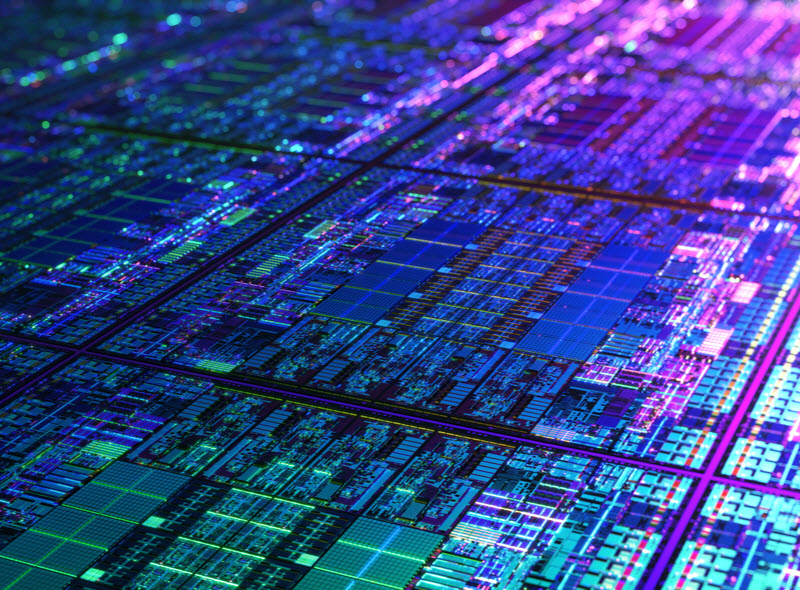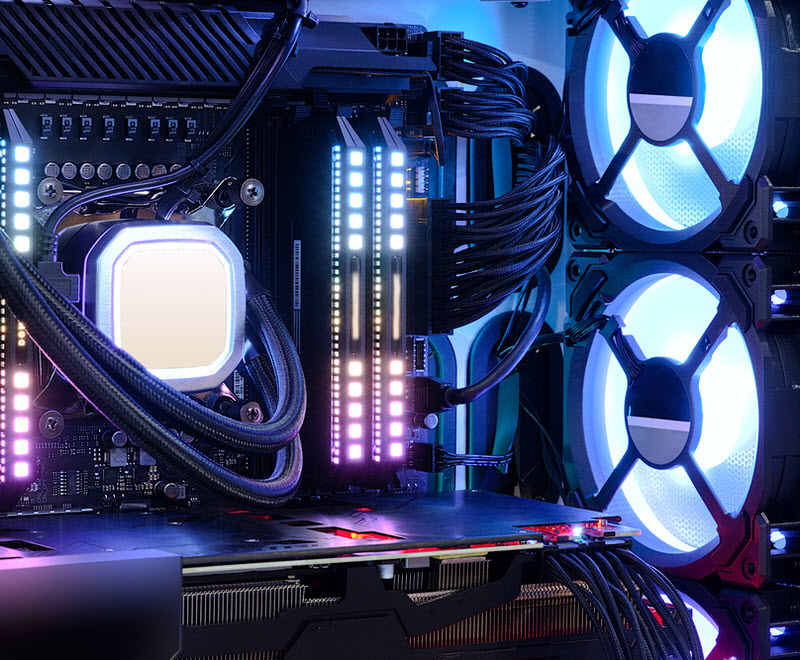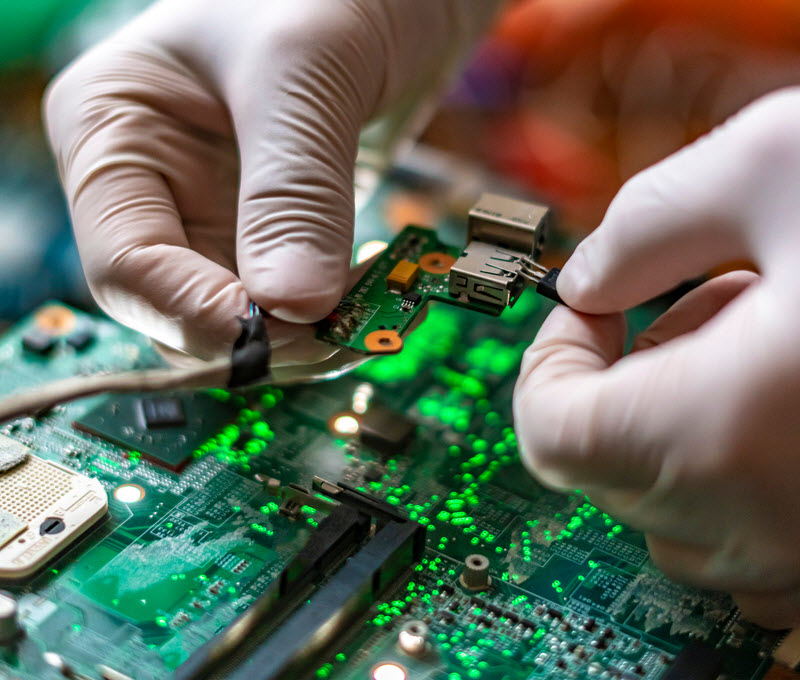
When assessing the merits of CPU vs GPU rendering and what your own business or gaming needs are from them, it is worth first examining what the two types of processors are, how they differ and, perhaps more importantly, how they work together.
A CPU is made up of millions of tiny transistors with multiple heavyweight cores with high clock speeds (how rapidly it processes the data). It performs basic arithmetic, logic, controlling and input/output operations and the more general-purpose computing tasks, one at a time. It is often understood, in the broadest of terms, to act as the brain of the computer.
A GPU performs a narrower range of tasks, is more specialised and is ultimately more geared towards servicing graphics-intensive applications.
Consisting of smaller cores but in greater quantity than a CPU, a GPU rapidly manipulates memory and allows your CAD workstation to perform multiple tasks that require concurrent processing.

The difference between a CPU and a GPU
The key difference between a CPU and GPU is that of sequential and parallel processing of instructions.
A CPU is designed to perform a wide range of tasks at speed, but is limited by each task being processed in order. A GPU spreads data across multiple processing units simultaneously for specific tasks and is designed to quickly render high-resolution images and models.
Originally developed to service video game consoles and build images for computer graphics, GPUs are now also used to expedite a range of calculations involving huge amounts of data, in areas such as AI and risk modelling.
The efficient parallelism means a GPU can process data at speeds far in excess of a CPU, though a CPU will always be more versatile with a larger and more diverse instruction set.
As such, a GPU is most effective and useful when managing repetitive, necessarily parallel and large data computing tasks.

Why a CPU and a GPU are not an either-or choice
A GPU is not meant to replace a CPU; rather, the two are designed to work together to realise your visual design projects or vastly improve gaming functionality.
However powerful your GPU is, the CPU will still be the engine of your computer’s processing. The GPU will simply accelerate and streamline workflows and processor-heavy computations.
By distributing the workload of rendering and multi-media tasks into parallel processes by the GPU, the CPU’s performance as the main processor of computing hardware flow will be better.
Finding the right level of that distribution between the two different processors will ultimately lead to optimal outcomes for the user.

What is the right hardware solution for you?
The need for a GPU to complement a CPU, and which one is the right fit, will be entirely dependent on your individual requirements.
Though for engineers, architects, designers, serious gamers and anyone needing powerful computational power for 3D rendering and modelling, finding the right combination of the two will take your user experience to a vastly elevated level.
At VTS, our business is to focus on the unique challenges facing our clients and partnering with them to find the best solutions to those challenges.
Utilising high-performance computer hardware and compatible, premium software, we create workstations that enhance productivity and reduce resource wastage.
Read more custom-built computer articles or contact us today to discuss your specific needs, be that CPU vs GPU rendering or any other aspect of custom-built computers.
INDUSTRIES WE SERVICE
2/63 Commercial Drive,
Shailer Park QLD,
4128
